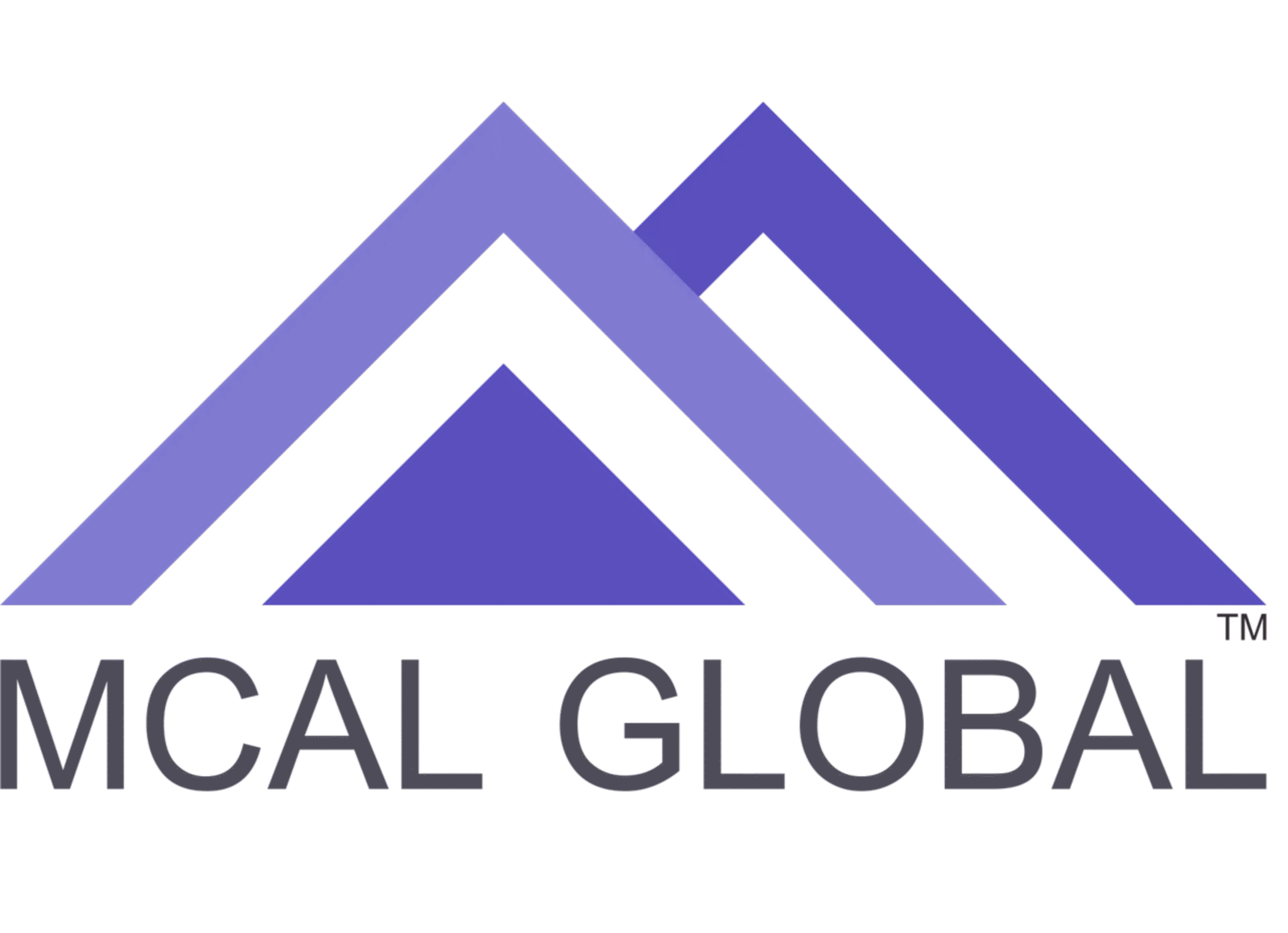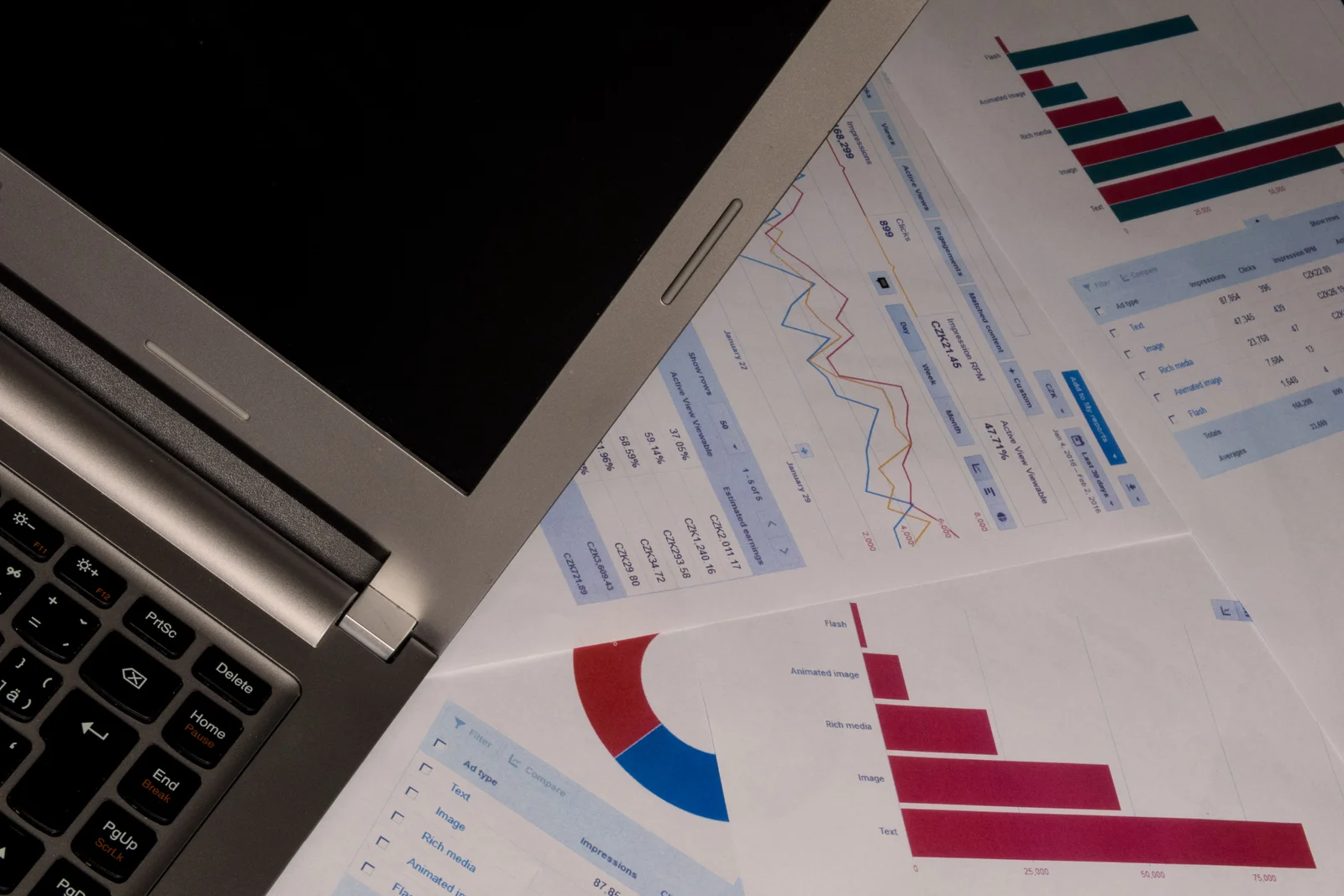In the realm of business analysis, Value Stream Mapping (VSM) emerges as a vital technique to drive process optimization and maximize value delivery. As a business analyst, understanding and utilizing Value Stream Mapping empowers you to visualize and analyze the end-to-end flow of activities, information, and resources within a process. This article serves as a comprehensive guide to Value Stream Mapping from a business analyst’s perspective, exploring its definition, benefits, key components, implementation steps, real-world examples, and related tools and organizations that support this practice.I. Understanding Value Stream Mapping as a Business Analyst:
- Definition and Purpose: Value Stream Mapping, from a business analyst’s standpoint, is a powerful technique that involves mapping and analyzing the entire value delivery process to identify inefficiencies, bottlenecks, and opportunities for improvement. The primary purpose is to optimize processes, eliminate waste, and enhance value delivery to stakeholders.
- Benefits of Value Stream Mapping for Business Analysts: Value Stream Mapping offers several benefits to business analysts, including:
- Enhanced understanding of end-to-end processes.
- Identification of process inefficiencies and waste.
- Identification of improvement opportunities to enhance value delivery.
- Streamlined flow of activities, information, and resources.
- Alignment of processes with business goals and objectives.
II. Key Components of Value Stream Mapping:
- Current State Mapping: As a business analyst, you begin by creating a visual representation of the current state of the value stream. This involves mapping the flow of activities, information, and resources from the initial request to the final output, capturing process metrics and key performance indicators.
- Value-Adding and Non-Value-Adding Activities: During the Value Stream Mapping process, you distinguish between value-adding activities (those that directly contribute to meeting customer needs) and non-value-adding activities (those that do not add value to the product or service). This helps identify areas for improvement and waste elimination.
- Flow Analysis: As a business analyst, you analyze the flow of activities, information, and resources within the value stream to identify bottlenecks, delays, and areas of inefficiency. This includes mapping process steps, cycle times, inventory levels, handoffs, and decision points.
- Future State Mapping: Collaborating with stakeholders, you develop a future state Value Stream Map that represents an optimized and improved state of the process. This involves eliminating waste, improving flow, and implementing process improvements aligned with business objectives.
- Implementation Plan: As a business analyst, you create an implementation plan that outlines the specific actions, responsibilities, and timelines for implementing the identified process improvements and achieving the future state. This plan serves as a roadmap for driving change and continuous improvement.
III. Implementing Value Stream Mapping as a Business Analyst:
- Define the Scope and Objectives: Collaborate with stakeholders to define the scope of the Value Stream Mapping initiative, considering the process boundaries, key stakeholders, and desired outcomes.
- Assemble the Cross-Functional Team: Form a cross-functional team that includes representatives from different departments or areas impacted by the value stream. This ensures a comprehensive and collaborative approach.
- Current State Mapping: Gather data and collaborate with stakeholders to create a visual representation of the current state of the value stream. This includes mapping process steps, cycle times, lead times, and gathering insights from process participants.
- Identify Value-Adding and Non-Value-Adding Activities: Analyze the current state map to identify value-adding activities and non-value-adding activities. This helps pinpoint areas for improvement and waste elimination.
- Analyze Flow and Identify Improvement Opportunities: Analyze the flow of activities, information, and resources within the value stream. Identify bottlenecks, delays, and areas of inefficiency. Collaborate with stakeholders to prioritize improvement opportunities based on their impact and alignment with business goals.
- Future State Mapping: Collaborate with stakeholders to develop a future state Value Stream Map that represents an optimized and improved flow of activities. Incorporate process improvements, waste elimination, and streamlined information flow.
- Implementation and Continuous Improvement: Develop an implementation plan that outlines the actions, responsibilities, and timelines for implementing the future state. Monitor progress, engage stakeholders, and continuously review and refine the Value Stream Map to drive continuous improvement.
IV. Real-World Examples of Value Stream Mapping as a Business Analyst:Example 1: Software Development Process Optimization: As a business analyst, you utilize Value Stream Mapping to analyze the software development process within an organization. By mapping the current state, identifying non-value-adding activities, and streamlining the flow of requirements, design, development, and testing, you optimize the process, reduce cycle times, and enhance software delivery.Example 2: Customer Onboarding Process Improvement: In a banking institution, you apply Value Stream Mapping to the customer onboarding process. By mapping the current state, identifying delays and handoffs, and implementing process improvements, you streamline the onboarding journey, reduce customer wait times, and enhance customer satisfaction.V. Related Tools and Organizations for Business Analysts:
- International Institute of Business Analysis (IIBA): IIBA provides resources, certifications, and networking opportunities for business analysts. They offer valuable insights and guidance on Value Stream Mapping and its integration within the business analysis discipline. Website: https://www.iiba.org/
- Value Stream Mapping Tools: Several software tools facilitate Value Stream Mapping, including:
- Miro: An online collaborative platform that enables business analysts to create Value Stream Maps with stakeholders remotely.
- Lucidchart: A cloud-based diagramming tool that offers templates and symbols for Value Stream Mapping.
- Visio: A diagramming tool provided by Microsoft that supports Value Stream Mapping.
Conclusion:Value Stream Mapping is a powerful technique for business analysts to optimize processes, eliminate waste, and enhance value delivery. By visualizing and analyzing the end-to-end flow of activities, information, and resources, business analysts gain valuable insights into process inefficiencies and opportunities for improvement. Tools and organizations like IIBA provide support and resources to assist business analysts in effectively applying Value Stream Mapping techniques. By leveraging Value Stream Mapping, business analysts contribute to driving process optimization, streamlining operations, and achieving organizational goals.References:
- International Institute of Business Analysis (IIBA). (n.d.). IIBA. Retrieved from https://www.iiba.org/
For better understanding join MCAL Global’sMaster Business Analysis Training – MBATâ€. MBAT is the flagship business analyst course. MCAL Global has trained more than 2000 professionals on the business analysis processes, concepts, tools, techniques, best practices, business analyst certification, and software tools via this program.
Through active feedback collected from individuals & corporates, MCAL Global has perfected this business analyst course via numerous updates and revisions to deliver the best possible results for individuals or corporates.MCAL Global conducts a classroom for this business analyst course in Pune and Mumbai, else you can join our live online business analyst course from anywhere.
MCAL Global has trained professionals from the United States, UAE – Dubai, Australia, United Kingdom, and all major cities from India through our live instructor online business analyst courses. You can send your interest by visiting our contact us page.


